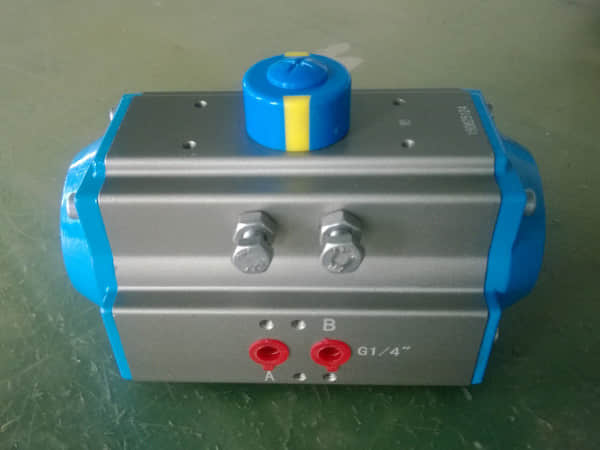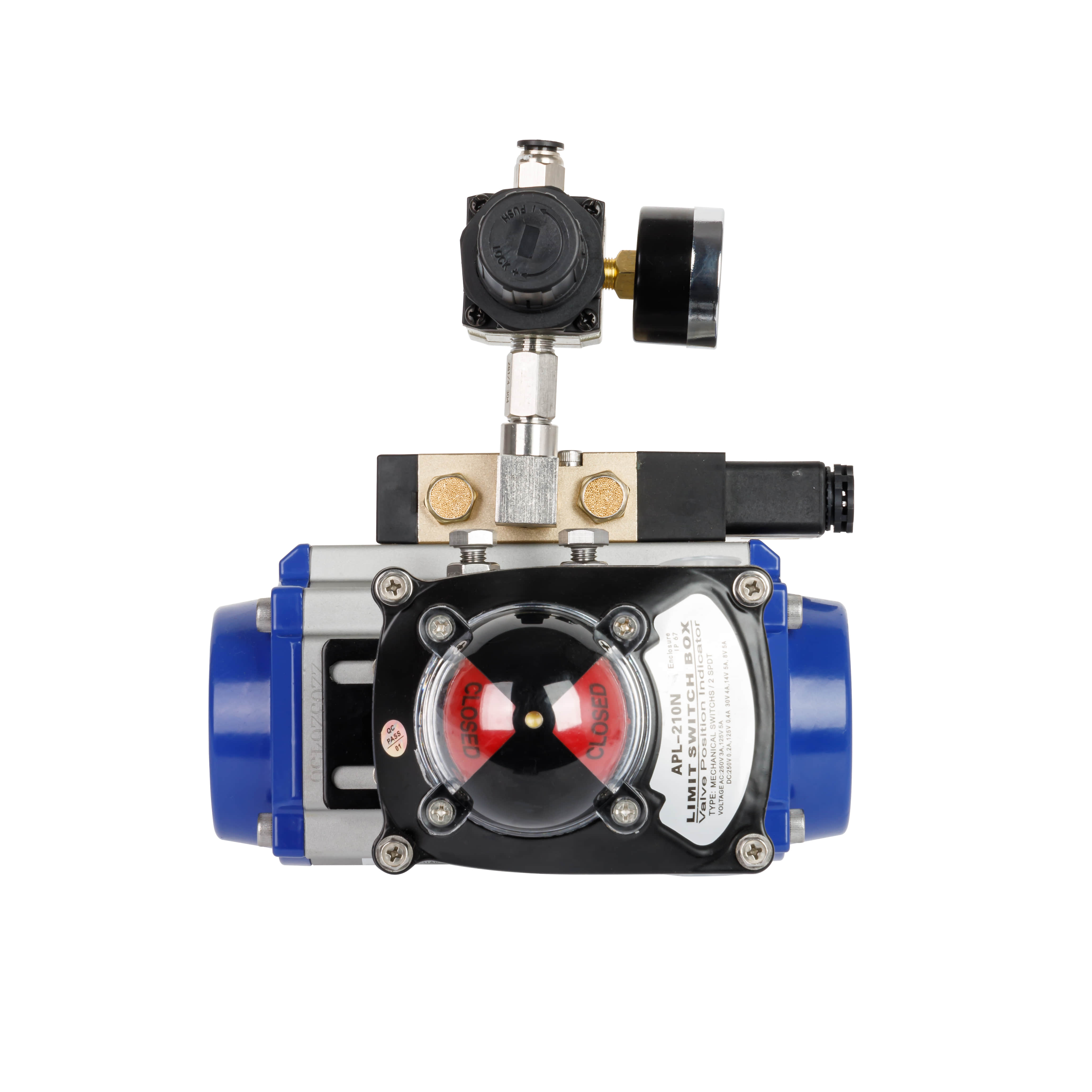understanding pneumatic actuators: principles, applications, and benefits
Release time:2024-09-15 01:29:38
Pneumatic actuators are vital components in modern automation and control systems, leveraging compressed air to produce mechanical motion. These devices convert the energy of compressed air into linear or rotary motion, making them indispensable in various industrial applications. This article explores the principles behind pneumatic actuators, their diverse applications, and the advantages they offer.

Principles of Pneumatic Actuators

At the core of a pneumatic actuator is the principle of converting compressed air energy into mechanical work. When compressed air is introduced into the actuator, it exerts pressure on a piston or diaphragm. This pressure causes the piston to move linearly or rotates a shaft, depending on the actuator's design. The basic components of a pneumatic actuator include the cylinder, piston, end caps, and ports for air intake and exhaust. The operation of a pneumatic actuator can be understood through the following steps:




